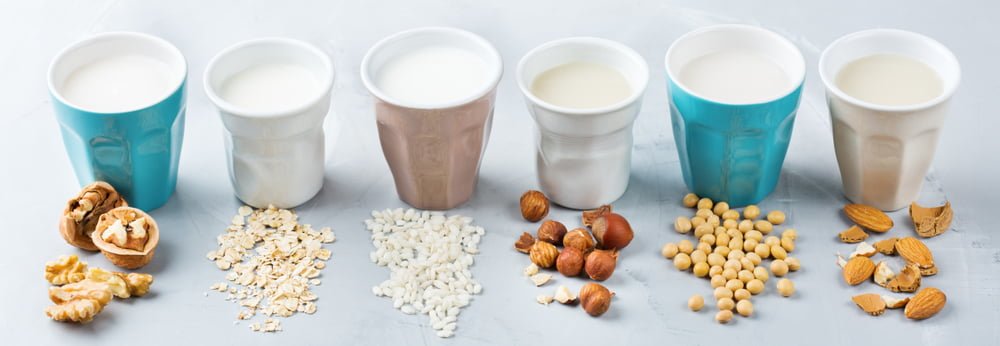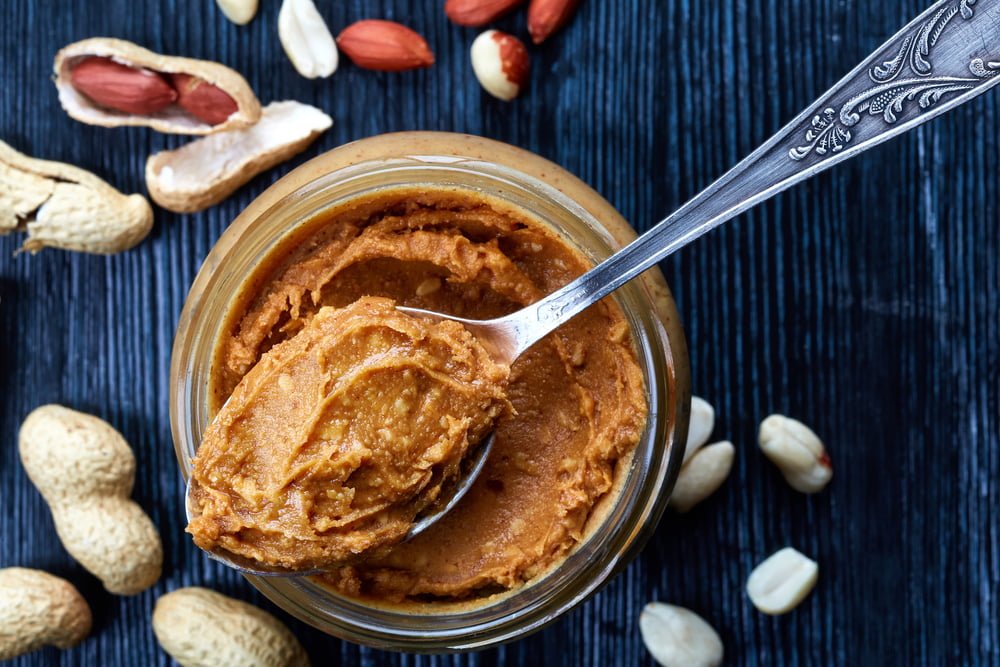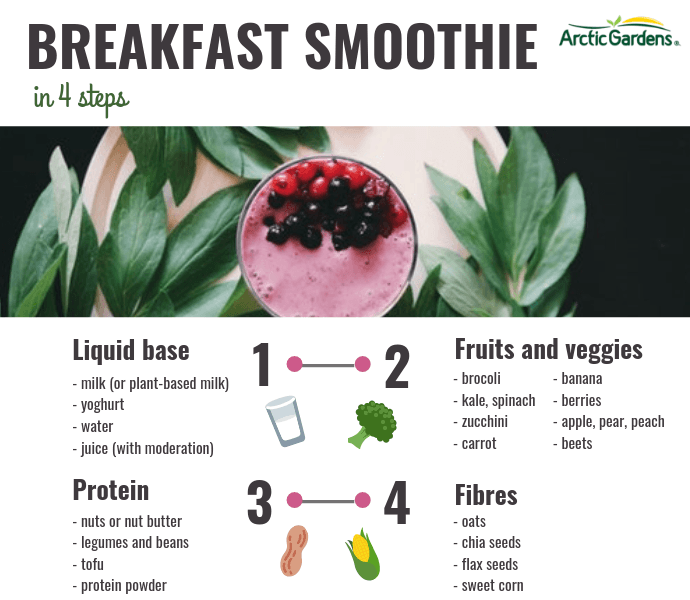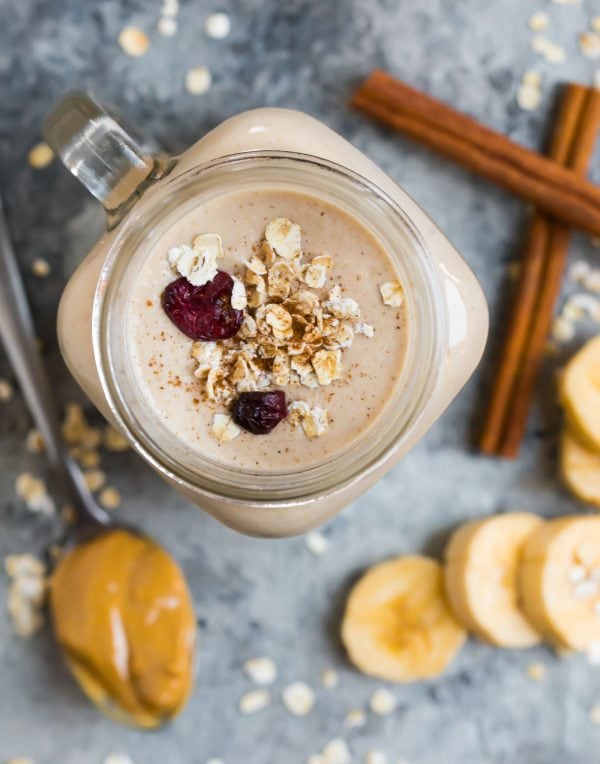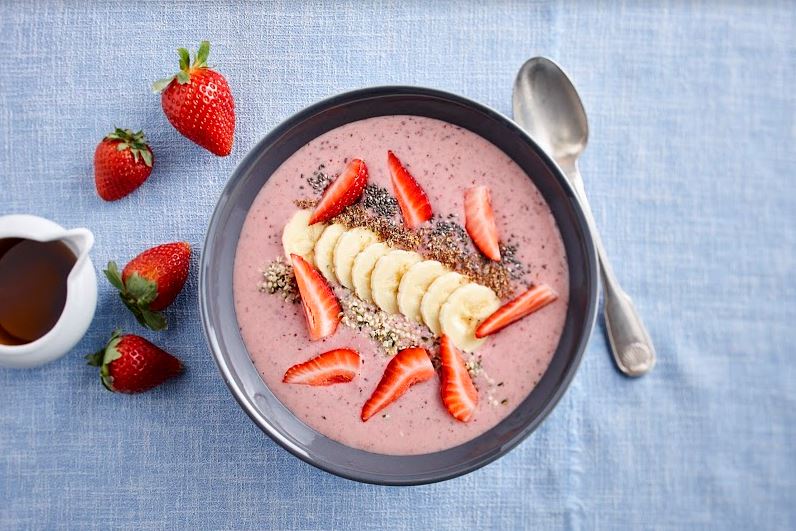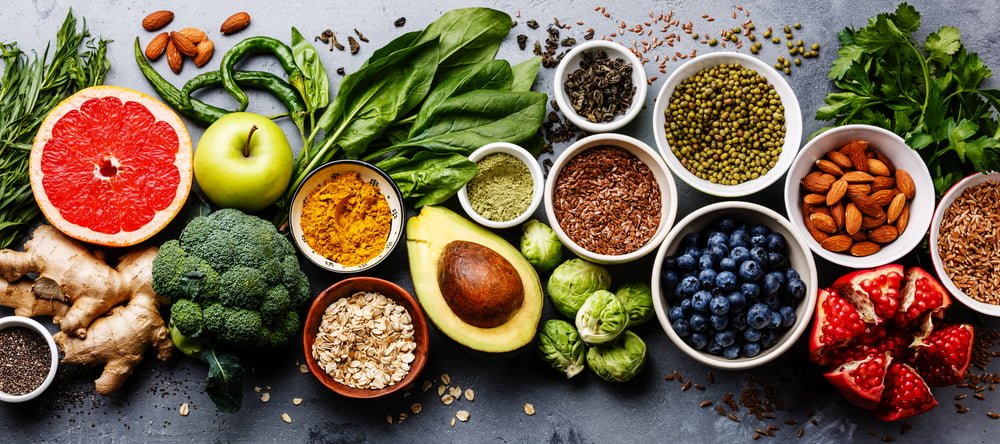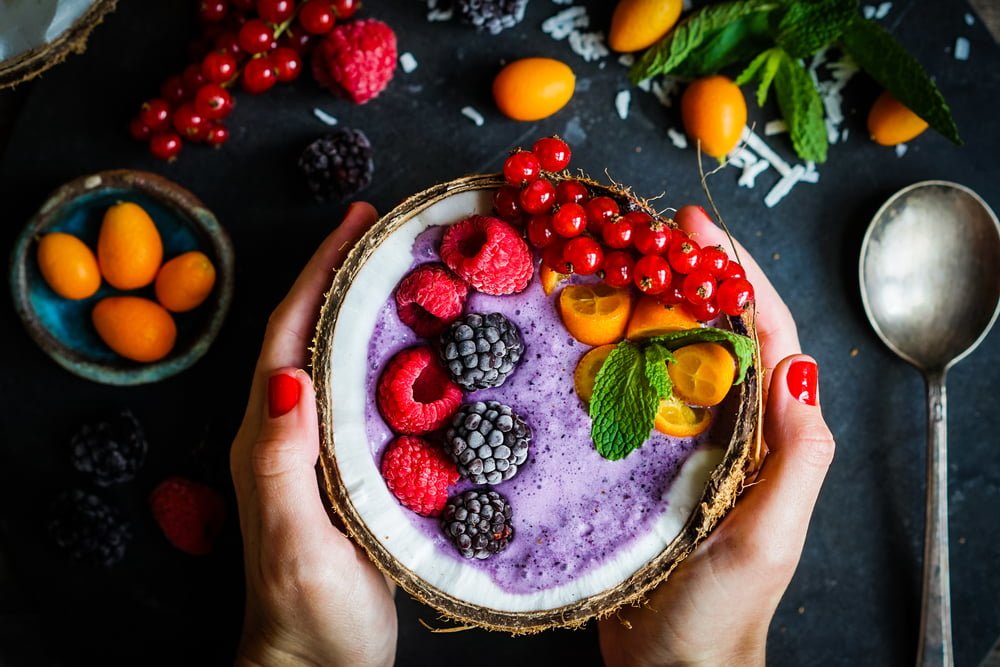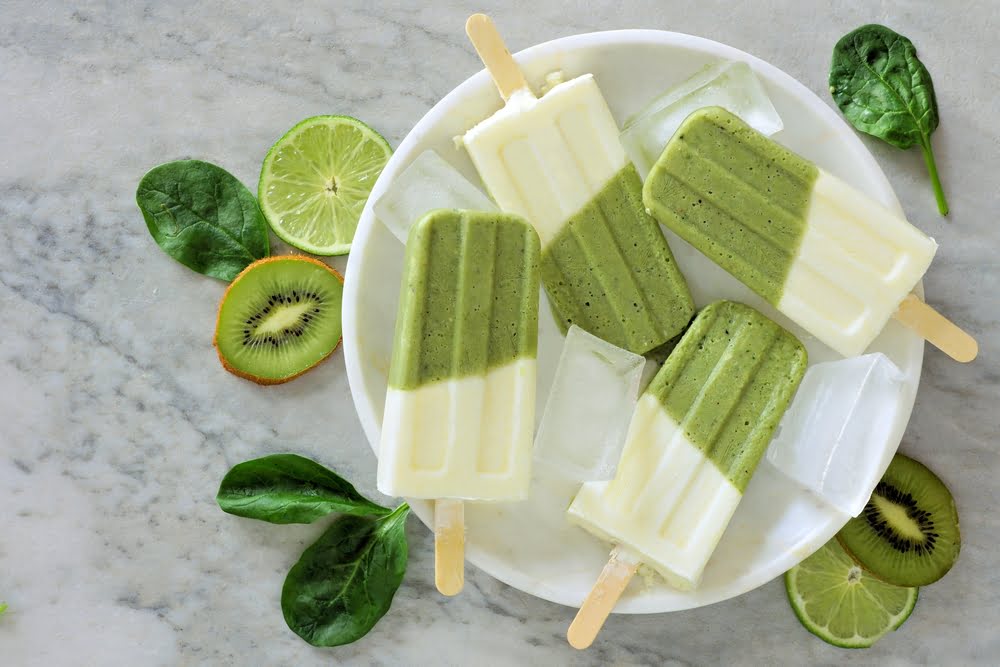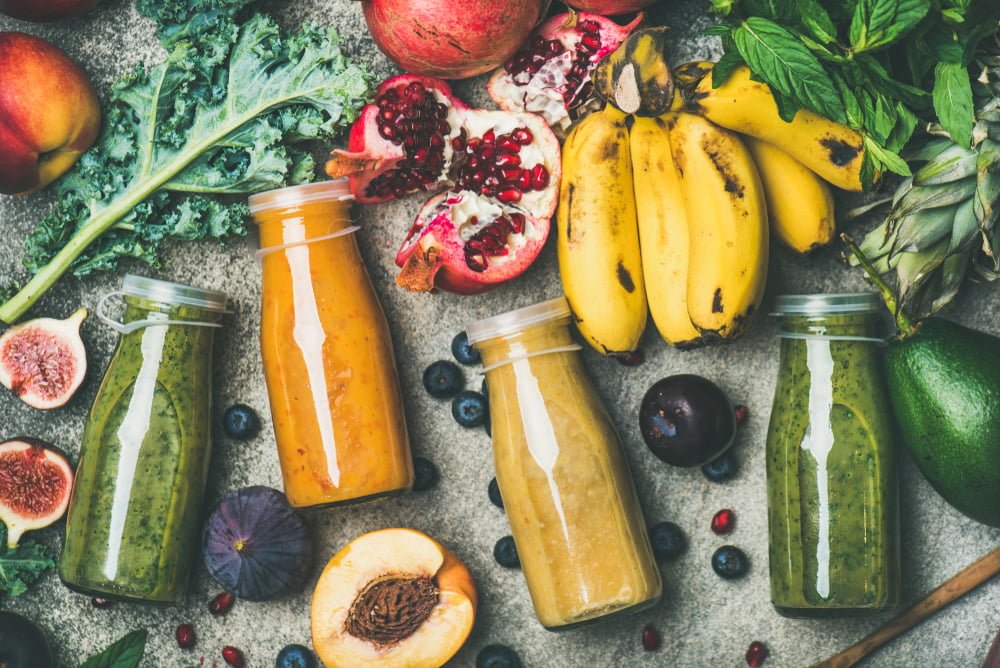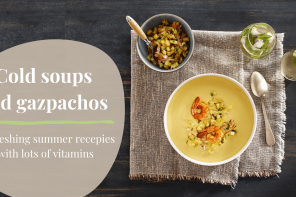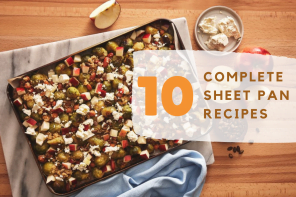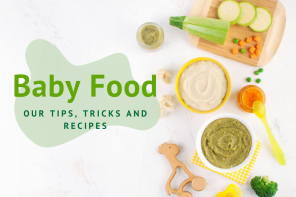Although smoothies have been the trend for a few years, it’s a world that has many secrets. You may wonder, for example, Can I replace a meal with a smoothie? What should I put in an energy boost smoothie? How can I reinvent my classic smoothie? How do you make a good smoothie without a recipe? Well, we asked ourselves these questions and have finally found the answers. It’s time to demystify smoothies!
Smoothie benefits
Becoming a smoothie master allows you to prepare a complete meal without too much effort (or too many dishes). It can also be a good energy booster, i.e., can provide a small amount of energy to help get you through your long days. Getting creative in smoothie prep opens the doors to a new world – the one of healthy frozen desserts! Basically, there are many good reasons to get started.
The 4 components of a complete breakfast smoothie
By adding a few extra ingredients to an ordinary smoothie, you can make it a complete meal that gives your body all the nutrients it needs. Just follow Canada’s Food Guide to feel full till the next meal. It’s possible to control your diet with smoothies: if you don’t get enough fibre, vitamins or protein in your day, simply adapt your smoothie by adding more of these nutrients. First, let’s determine how to make smoothie a complete meal.
Choose a good liquid base
Milk and yoghurt are really good bases for smoothies. Milk contains a lot of proteins, as well as calcium. If you like yoghurt, focus on Greek with a low-fat content that contains a lot of protein. Non-dairy milk is also an excellent base for smoothies. Consuming several varieties is wise because they have all kinds of interesting properties: oat milk is a good source of vitamin B and fibre, plus it’s easy to make at home. As for soy milk, it’s filled with protein. You can choose your non-dairy milk according to the nutrients you want to add to your diet.
If you’re not a fan of creamy smoothies, use water instead. It’s low in calories and nutrients, but most of the vitamins you need are found in the fruits and veggies anyway, making water the perfect ingredient use. If you absolutely must use juice which is full of vitamins, just be careful how much you use: it contains sugar that’s already present in the whole fruits you’ll add. The best of both worlds: make a mix! Reduce the caloric intake of juice by adding water or non-dairy milk.
Add fruits and veggies
When you think of smoothies, you think fruit, but you don’t forget your veggies. They often go well in smoothie recipes, blending with fruit to create nice combos. By incorporating both, you can get as many vitamins as possible while reducing the amount of sugar in the smoothie. It also helps camouflage the bitterness of some veggies. But there are lots of veggies that taste good in smoothies:
- Broccoli
- Spinach
- Kale
- Baby romaine or baby kale
- Beets (cooked, otherwise your blender won’t like it)
- Cooked cauliflower
The goal? Variety. Since they all offer various vitamins and minerals that are important to consume, try buying different vegetables from one week to the next. You should know that coloured ones contain more vitamins.
Unusual tip: swap bananas for zucchini! They provide the same creamy texture, but with less sugar. It’s an interesting option if your smoothie already contains a lot of fruit or if you like adding a little juice to your mixes.
Plant proteins to sustain you
Adding protein is essential to a complete breakfast that gets you to the next meal. It’s easy to include in smoothies while prioritizing plant sources. If your diet is varied and includes protein sources, your needs should be met. A little trick: protein must represent ¼ of your plate. However, some foods contain more, so this ratio isn’t always accurate. Here are several ideas for protein and the optimal amount:
- Legumes: peas, lentils, beans This proposal seems unusual at first glance, but legumes blend well with other ingredients because of their texture and are a natural source of protein and fibre. Incorporate about ¾ cup.
- Silken tofu or dessert tofu Incorporate ¾ cup (100 to 150 g)
- Nuts or nut butters: For best results, soak the nuts the day before. They’ll soften up and blend more easily into mixtures. Be careful though! Nuts and nut butters have a lot of protein, as well as being full of good fat, so you don’t need to add a lot. Add 2 tablespoons (30 g) of nut butter to your smoothie.
- Vegan protein powders: Pay attention to the ingredients: sugar or artificial sugars are often added. Choose powders with a protein intake of at least 20 grams and less than 5 grams of carbohydrates as they’re already found in fruit. Follow the labels for portion sizes.
Complete with fibre
Fibre has several benefits besides contributing to intestinal flora: it helps to control blood cholesterol levels and maintain a sense of satiety like protein. Although already found in many fruits, as well as in legumes such as peas, you can add it to your smoothie and get the amount you need to consume in a day. It’s smart to add fibre from complex carbohydrates which last longer. They should represent ¼ of your plate, but like protein food, amounts depend on the food you choose. Women should consume 25 grams of fibre per day and men 38 grams. Here are some ideas for complex carbohydrates that have fibre:
- Chia seeds: Two tablespoons (20 g) contain 7 grams of fibre or close to 30% of the recommended daily consumption. They’re also a good source or protein.
- Flax seeds: They contain a little less fibre than chia seeds, but are still a good source. Add 20 grams to consume close to 25% of your daily amount of fibre.
- Oat flakes or oat bran: ½ cup of quick cook oats provides 4 grams of fibre (about 16% of the daily consumption). They also contain a lot of protein.
- Sweet corn: ½ cup contains 2 grams of fibre or 8% of the daily consumption.
By following these 4 easy steps, you won’t have to wrack your brain on what to put into your complete smoothie meal that will keep you nourished with all the nutrients you need.
Smoothies also make really versatile lunches: they’re morning chameleons. If you’re rushed and like to eat on-the-go, nothing could be easier. Pour a smoothie into a reusable cup and voilà! If you’re feeling creative one weekend morning, you can enjoy it at home. Here’s an original idea: pour your smoothie into a bowl and add a little crunch with pieces of fruit, nuts, granola, coconut shavings – you know what we mean! The smoothie bowl is a fun variation that has a million possibilities.
Our favourite recipes :
A smoothie to fill up on energy
Yes, smoothies are practical as a meal replacement, but this isn’t their only function. By targeting certain ingredients rather than others, you can make them into a snack or beverage of choice which serves as an energy boost. Web searches send you all over the place about which foods have good energy intakes. There are lots of miracle ingredients that provide energy. The problem is that these foods aren’t always the same and have nothing in common except that they’re healthy. That’s why we contacted sports nutritionist Julie Turcotte, who shed some light on the subject.
There isn’t a green miracle juice that gives you energy just like that. According to Julie, it depends on what you want to accomplish by drinking a smoothie.
- To have more energy: complex carbohydrates
If you drink smoothies as a snack with the goal of increasing your energy before a physical activity, for example, you have to focus on complex carbohydrates that will support you throughout the exercise or the rest of the work day. They’re found in chia, oats, flax seeds, etc. There’s nothing stopping you from including fruits and vegetables in smoothies which are still essential to your diet (and make the smoothie taste great), but it’s important to keep in mind that they’re made of simple carbohydrates, so digesting them will be faster.
- For a healthy snack: fruits and veggies
If you make a smoothie as an afternoon snack, replacing fruits and veggies is ideal because it’s an easy and enjoyable way to consume them. It’s also an original idea to eating between meals guilt free!
Julie Turcotte reminded us that smoothies were originally designed for athletes who wanted to quickly consume enough calories to be able to give their all in their sport. As calories = energy, you have to have a lot and get them from the right sources. On the other hand, no need for such a high caloric intake if you’re spending a day at the office versus what Usain Bolt needs for his training. She also pointed out that a weight-loss smoothie is not ideal if you add juice, too much protein or too much fat. You have to adapt according to your activity, without forgetting fruits and veggies.
Snack recipe ideas :
Dessert smoothies: satisfying and healthy
With summer approaching, we’re becoming more and more obsessed with iced desserts. By using smoothies, it’s possible to save yourself a lot of empty calories and unnecessary guilt. There are several ways to reinvent smoothies and transform them into desserts worthy of the name.
Smoothie dessert bowl: enhance your favourite recipe
If you really like a recipe or love to improvise, make a regular smoothie, but reduce the amount of liquid slightly. This will give you a thicker smoothie to eat with a spoon. It’s also fun to add a few of your favourite toppings, a little like a breakfast bowl smoothie. You can let yourself go a little further by adding dark chocolate pieces or replacing water with juice. Using frozen bananas in these recipes is great because you get a creamy texture similar to frozen yoghurt.
Change it up with popsicles
Summer rhymes with popsicles and it’s easy to create healthy and delicious ones. Take your favourite smoothie recipe or make one up, then put it in the freezer. A cool variation is to combine two recipes, then make layered popsicles that have both flavours! After pouring your mixture into the moulds, freeze them for two hours then add a stick or when a stick can stand firmly in place when inserted.Tips from the pros :
- If you’re thinking about enjoying popsicles at home, avoid creating waste and use utensils instead of throw-away sticks. This is an ecological difference that doesn’t take much energy.
- Having popsicle moulds is great, but if you don’t have any, just use another container like muffin tins or small glasses.
Corn in a smoothie, why not!
Corn is an ingredient we often forget about. You associate it with corn roasts or even as a side to the classic Christmas dinner. But it’s an excellent source of fibre and complex carbohydrates. Putting it in a smoothie adds a little sweetness while getting an interesting nutritional boost. Here’s our favourite smoothie dessert that contains corn:
Testing recipes before putting your own spin on them
If you’re a smoothie newbie, you can start by testing out a few recipes, then you’ll be able to determine which ingredients and textures you like the most. It’s important to know that ingredients are too liquidy and don’t provide the same feeling of fullness. So strive for a thick texture if you want to make your smoothie a complete meal. It’s up to you to personalize the thousands of recipes available online to make your breakfast. Complete them with your favourite ingredients.
4 tricks to making the perfect smoothie without a recipe
Once you’ve tested some recipes and you know which ingredients you like the most, it’ll be time to let your creativity go and invent your own recipes. To help you get started, I’ll leave you with a few tips that are important to keep in mind to becoming the master smoothie.
Order
It’s important. Even if you’re experimenting with new ingredients, remember it’s better if you add liquid ingredients first, followed by the solids. Your blender will thank you.
Proportions
Remember the science of proportions. It’s generally recommended to add the same amount of liquid and solid ingredients. If you find the consistency not quite right to ensure a feeling a fullness, reduce the amount of liquid by half, then gradually add more until you get the optimal consistency. (Note the amounts. You’ll be glad you did the next time).
For the right texture
Some ingredients are better than others. If you prefer a smooth, creamy texture, use a banana and an avocado. Bananas that are a bit too ripe can be peeled and frozen which helps minimize food waste and ensures that you always have frozen bananas on hand. If you prefer a consistency more similar to juice, use berries and water. It’s up to you!
For busy mornings
If you’re in a rush, pick up a good store-bought smoothie and add whatever’s missing. Just make sure to choose a quality product as many contain way too much sugar. Evive offers interesting products because they have no added sugar and are made with natural ingredients. Give them a boost with protein and fibre to make a complete meal.
Smoothies are the chameleons of a balanced diet. And they’re perfect to let your creativity go wild since they’re usually pretty simple. You can adapt your diet according to the other meals in your day that don’t always provide everything in terms of nutritional intake. That’s why it’s interesting to use them whenever you can: smoothies as dessert, breakfast or the best vitamin drinks – your choice. Now you can explore the icy world of smoothies! Are you up for the challenge?


